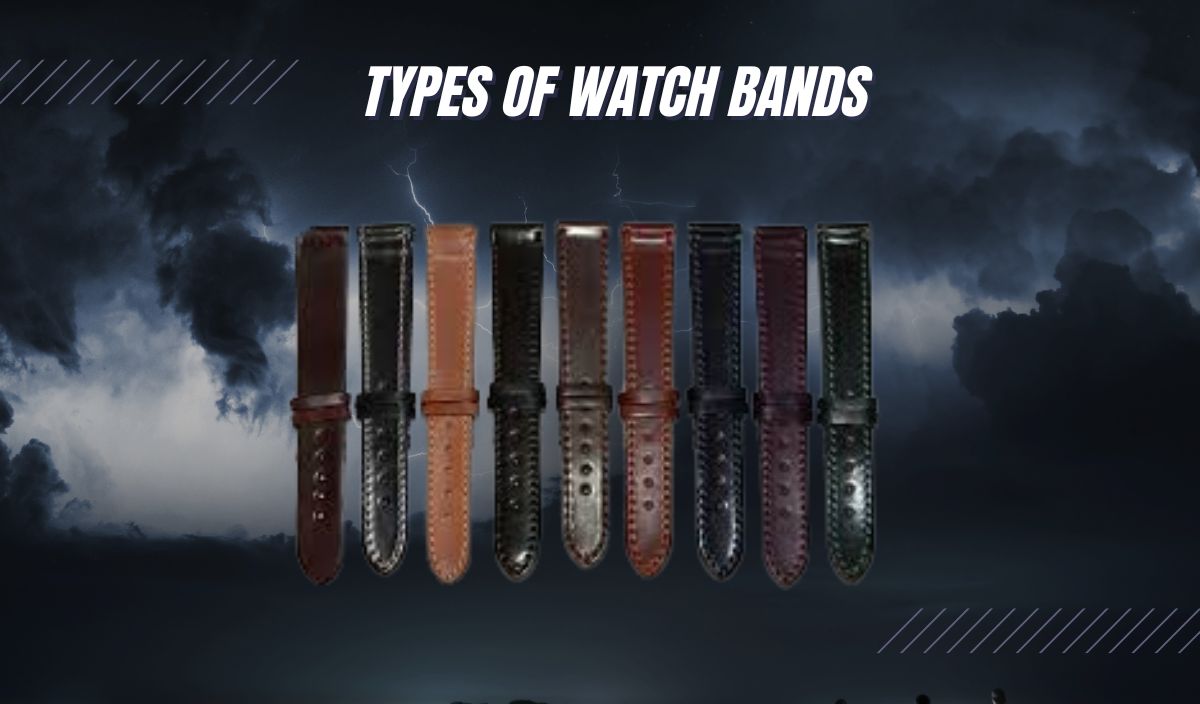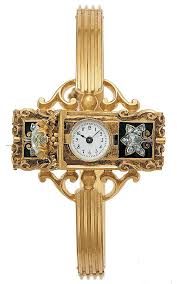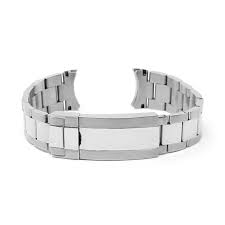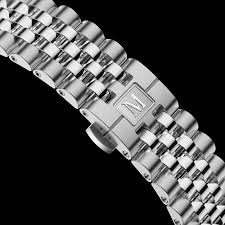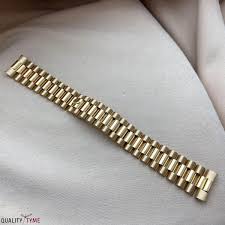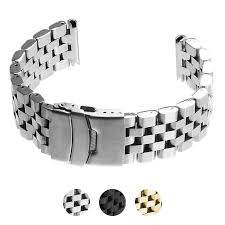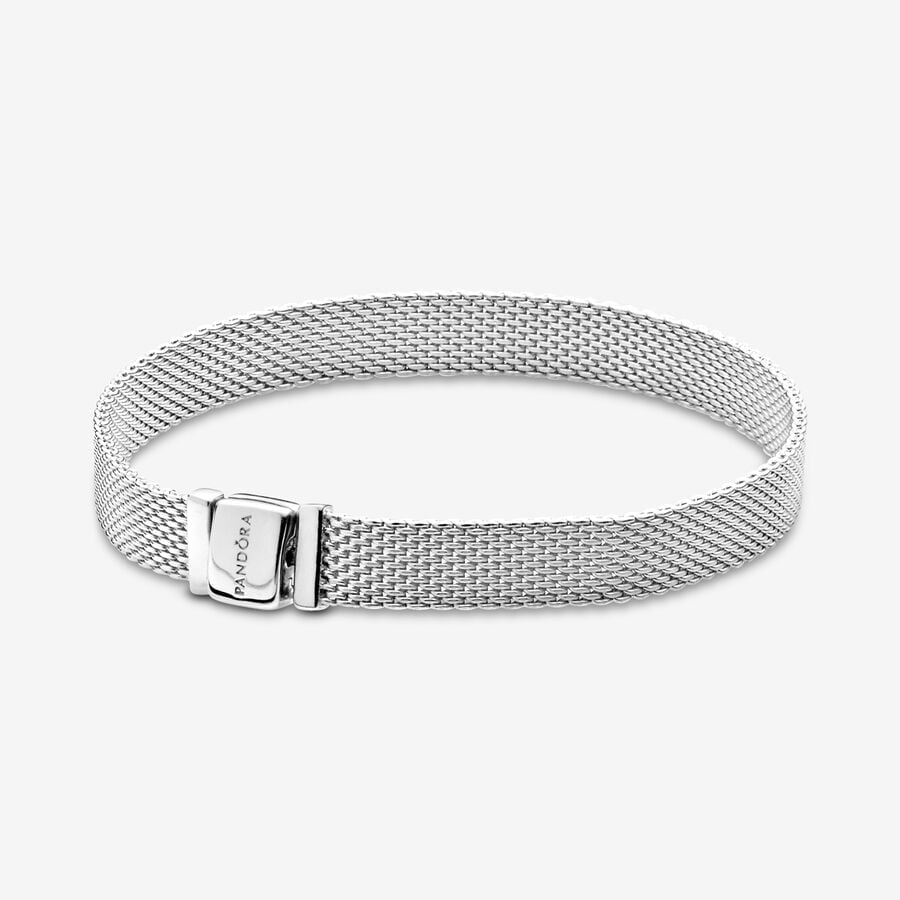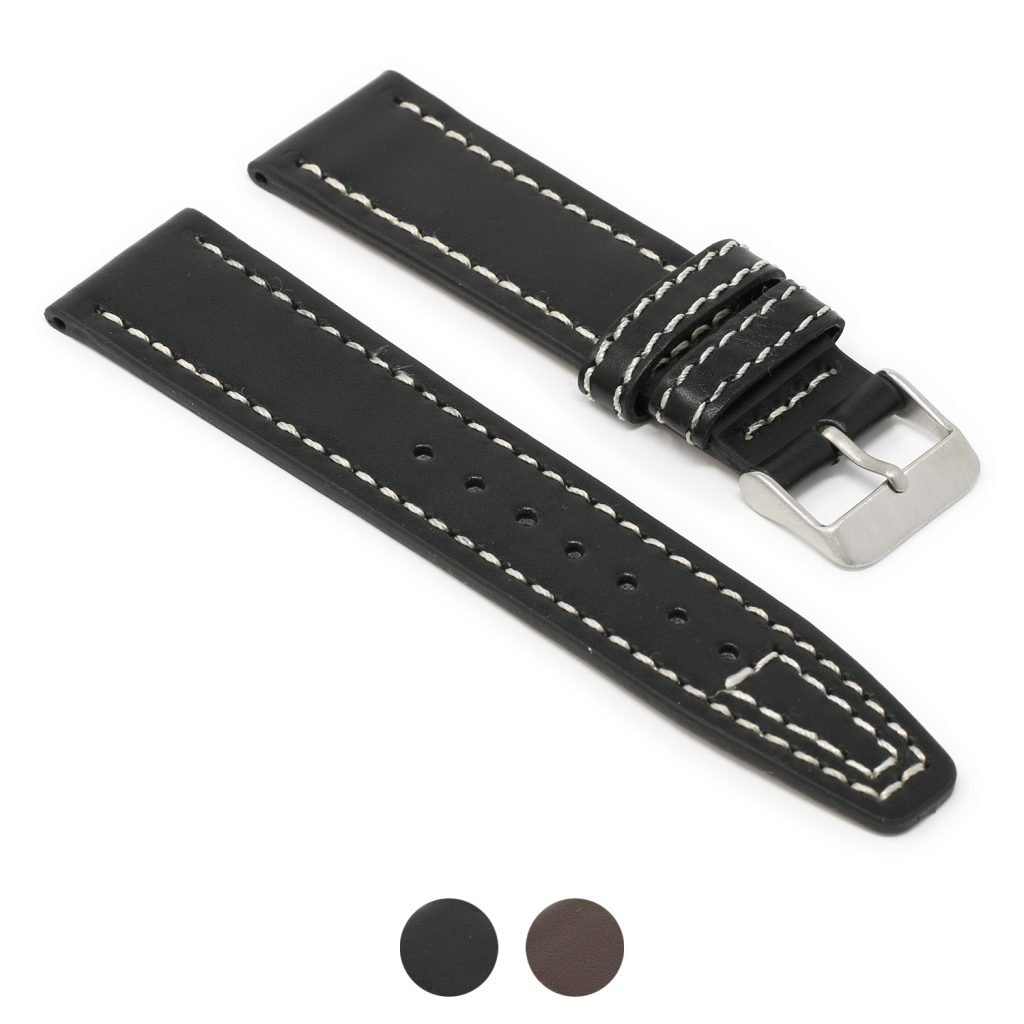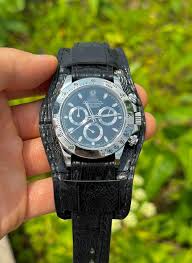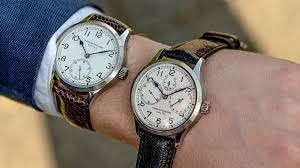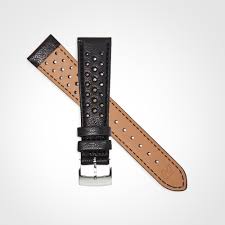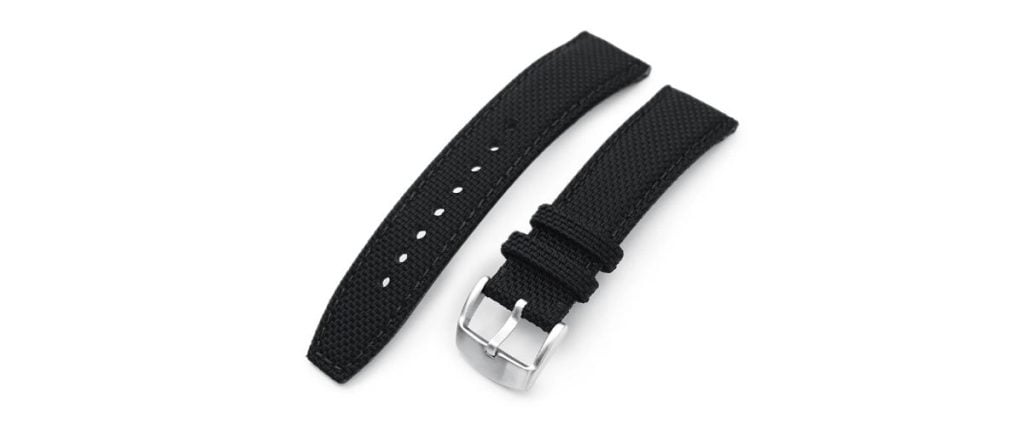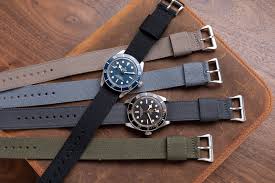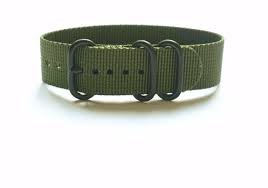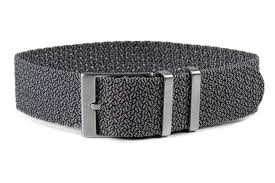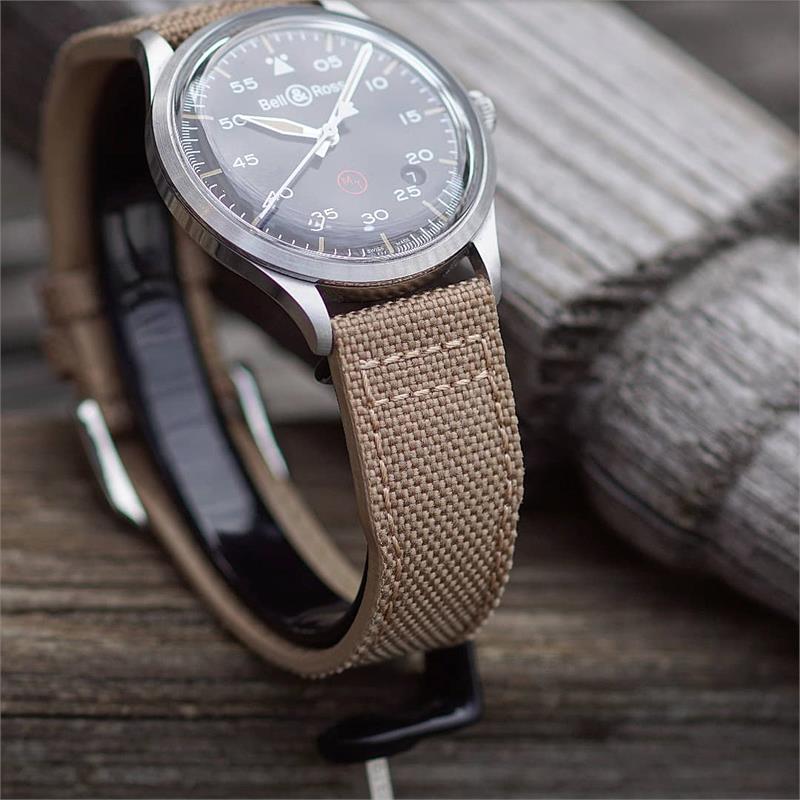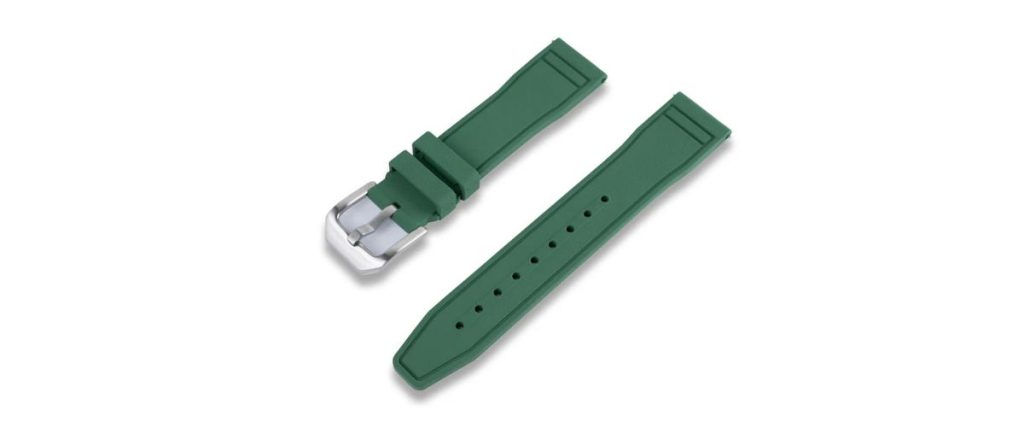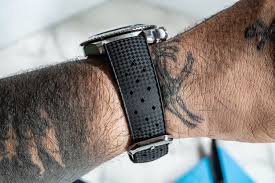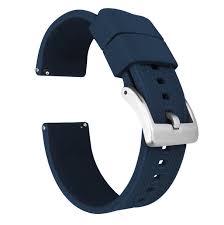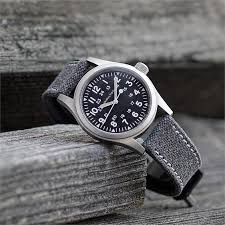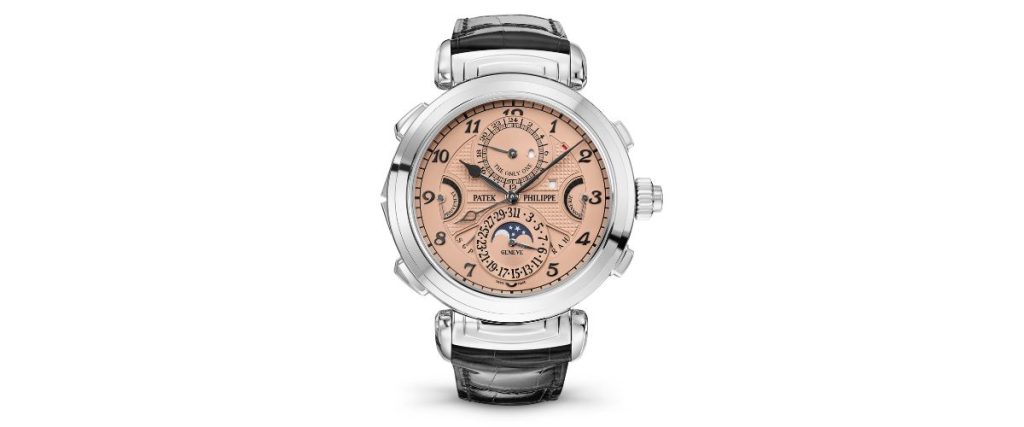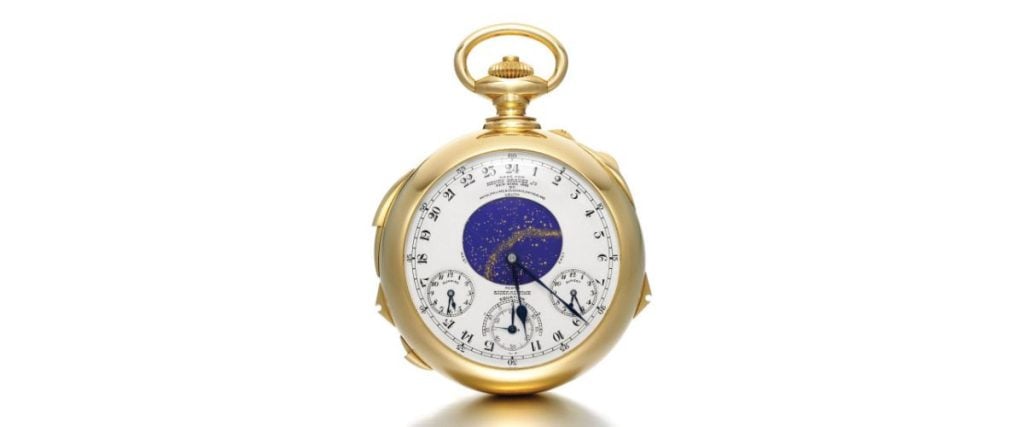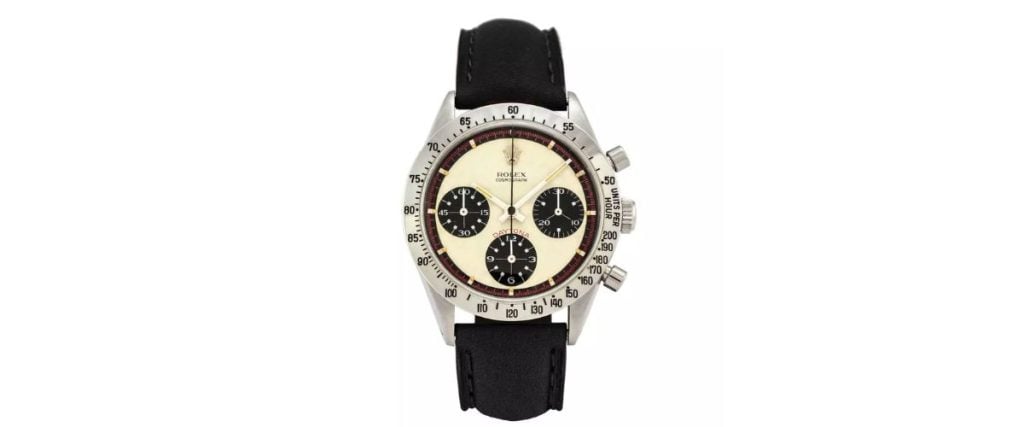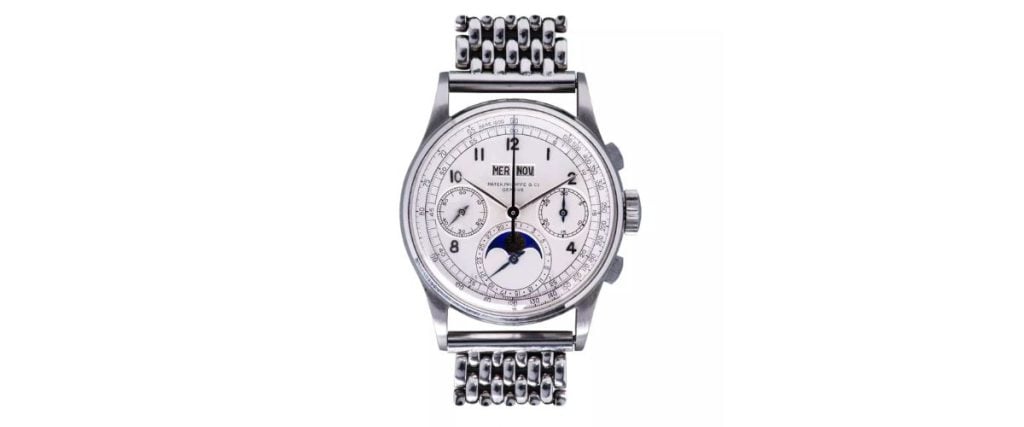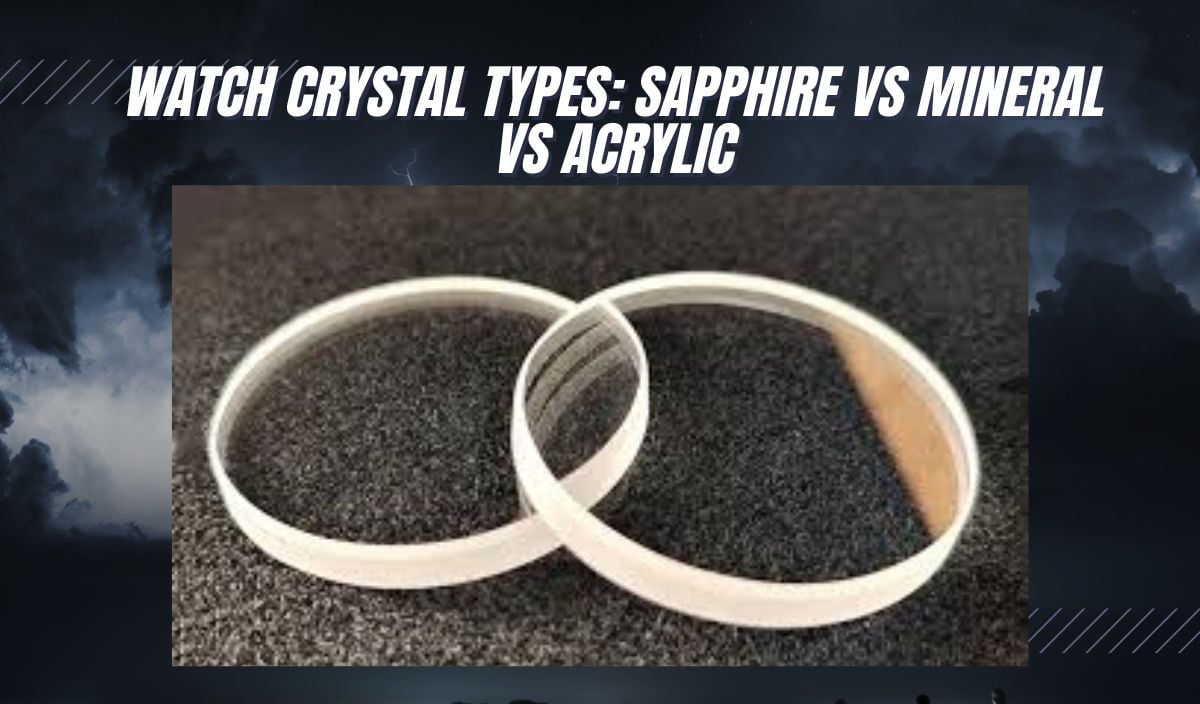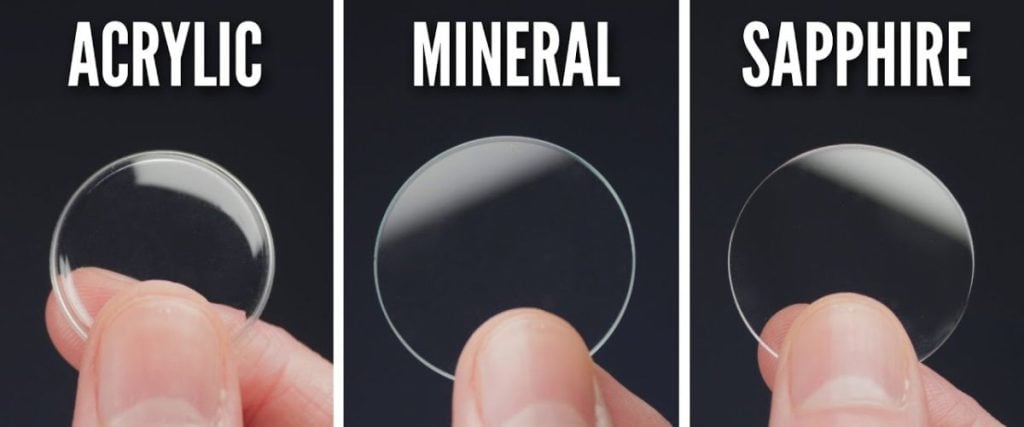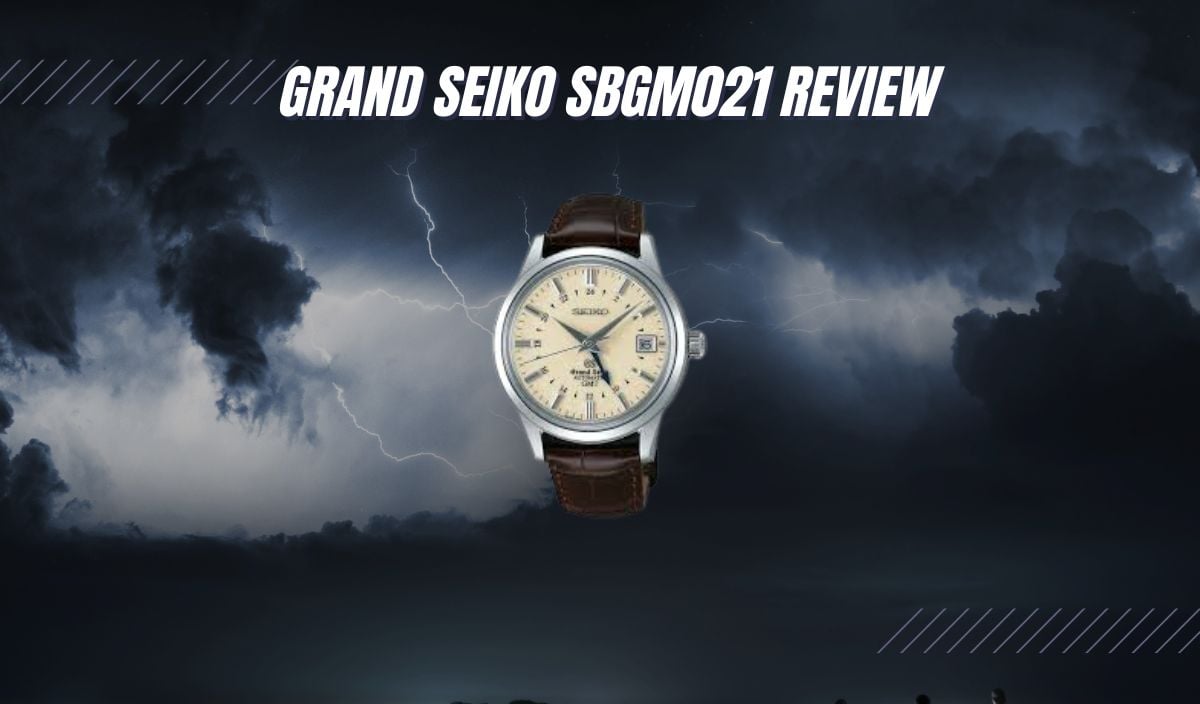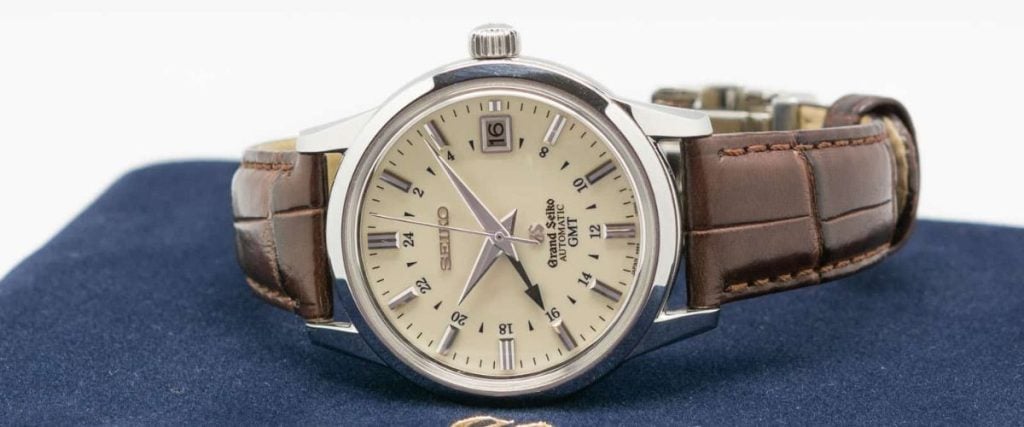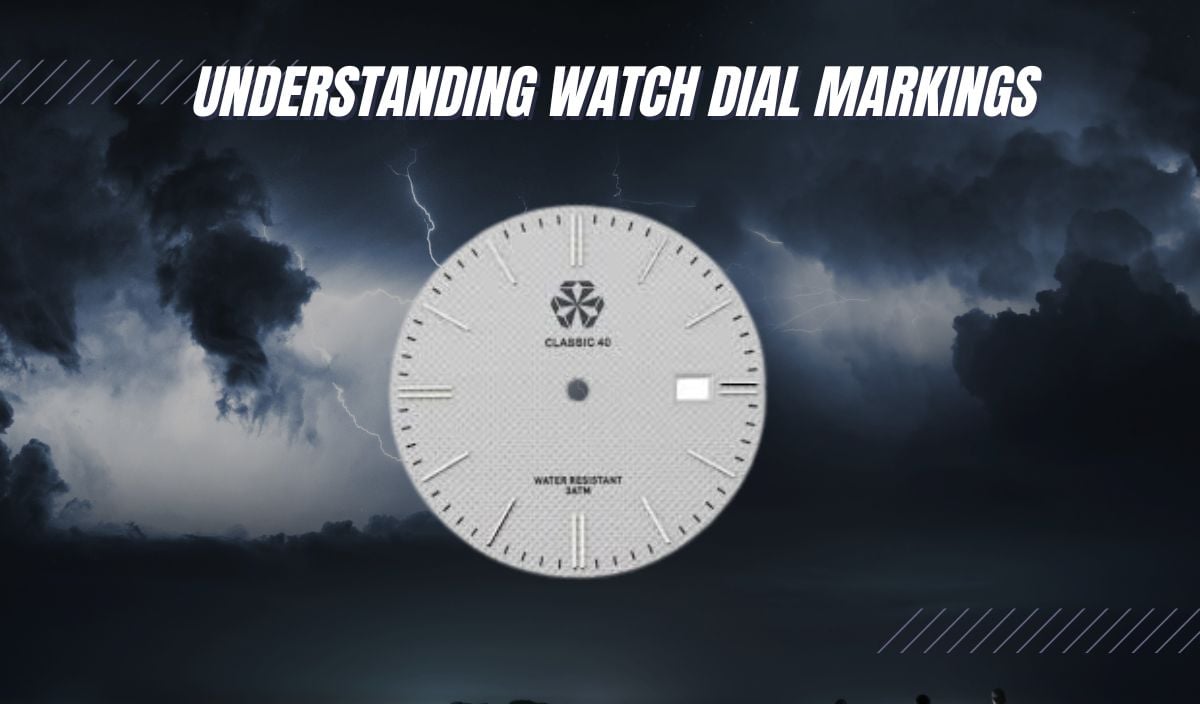
While beauty is subjective, certain things effortlessly capture attention. Nothing draws the eye more quickly in watches than a well-crafted dial, evoking emotion with its details—whether good or bad.
What makes a dial truly stand out? Is it the striking color of its face, the texture and subtle details of its base, or perhaps the craftsmanship behind the design of the hour markers? It could be a combination of all these elements working in harmony. The more you analyze a dial, the more you realize how each one is a carefully crafted piece of art, unique in its own right.
Watchmaking brands worldwide have become renowned for crafting dials that are almost emblematic, each reflecting their distinct heritage and identity.
Over time, some brands have embraced experimentation, introducing innovative designs through bold choices. These creative departures offer a fresh perspective, showcasing the evolving artistry within the traditional craft of watchmaking.
If you’re new to watches, you might wonder, “What makes a dial stand out?” It’s the combination of details—shape, texture, markers, and hands—that turns a dial from functional into a timeless piece of art.
The Different Dial Patterns
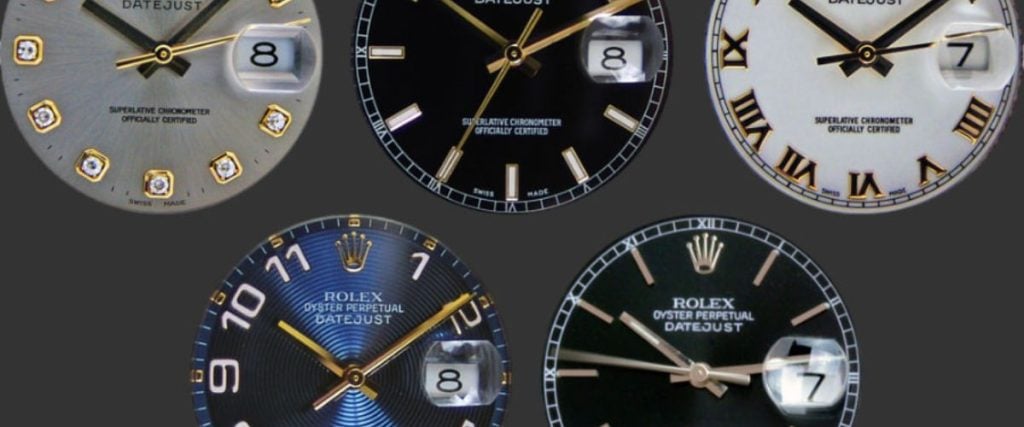
Many elements make each dial unique, and, much like any building or structure as a form of art, it all begins with a solid foundation, or in the case of watches, the base.
The dial’s base is essential to the watch’s overall aesthetic, acting not only as the surface where markers, hands, and other components are placed but also as one of the most intricate aspects of the watch. It doesn’t only act as a backdrop; the base is often crafted with remarkable detail, contributing significantly to the watch’s character and allure.
Dial bases come in a variety of styles and textures, many of which have become iconic within the watchmaking industry. For example, the sunburst dial is a radiant, lacquered style that interacts beautifully with light.
Finely etched lines extend outward from the center, creating an effect that shifts and shimmers depending on the angle and lighting conditions. Some famous models include the Rolex Oyster Perpetual, some Omega Aqua Terra models, and (I add this one because it is my baby) the Seiko Alpinist SARB017.
In my opinion, textured dials showcase some of the most captivating designs in watchmaking. The artistry required to create these intricate surfaces—whether achieved by machine or handcrafted—highlights the skill and dedication of watchmakers. For a glimpse of this artistry, look no further than the Grand Seiko Spring Drive SBGA211 “Snowflake” or Audemars Piguet’s Royal Oak Tapisserie, both renowned for their exceptional dial textures.
One of the most notable textured dials is the Guilloché-style dial, known for its precise, geometric patterns. Crafted using a rose engine, this technique ensures flawless, intricate engravings that create a mesmerizing effect.
Mastering this art takes years, but for those who have, the result is a true horological masterpiece. Watches like the Breguet Classique and the Vacheron Constantin Patrimony are prime examples of the stunning detail and craftsmanship this style brings to life.
Dials can range from simple, understated matte finishes to those crafted from delicate, refined materials like enamel. Some high-end luxury watches even feature skeleton dials, allowing a glimpse into the intricate inner workings of the timepiece.
Each dial style adds its unique character, capturing the essence of the watch and enhancing its appeal to enthusiasts and collectors alike.
The Main Watch Dial Markings
Unique details and beautiful designs make watch dials an essential part of any wardrobe, enhancing both daily office wear and special occasion outfits. Yet, it’s vital to remember a wristwatch’s primary purpose.
Its beauty holds little value without functionality; a truly exceptional watch balances aesthetics with the reliability that makes it indispensable. This blend of form and function relies on the precise components that enable timekeeping and, depending on the model, a range of additional features.
Hands
The hands on a watch are essential to its time-telling function, with a long minute hand and a shorter hour hand, each available in a range of designs and shapes. These elements enhance legibility and contribute an additional layer of aesthetic appeal to the watch’s overall design.
Baton hands are among the most traditional and recognizable styles in watchmaking. Their clean, rectangular design, which emerged in the mid-20th century, is celebrated for its simplicity and legibility. Baton hands adapt well to both sporty and dress watches, offering either a vintage charm or a contemporary look depending on the material used.
With the variety of watch hand styles available, choosing one that aligns with either a vintage or modern aesthetic is easy, allowing for a personalized touch to any timepiece.
For those drawn to vintage-styled watches, consider pieces with cathedral hands, reminiscent of classic church window designs; sword-style hands, seen on models like Cartier; or dauphine hands, which add a touch of elegance on watches like Grand Seiko and Jaeger-LeCoultre.
Some brands have even developed their own signature hand styles. For instance, the “Mercedes” hands have become iconic in many Rolex models, with their hour hand featuring a design that resembles the car brand’s logo.
Tudor’s distinctive “Snowflake” hands, while not shaped like actual snowflakes, have also left a mark on watch enthusiasts. Originally mandated by the French Navy, this design was created to improve underwater visibility for divers, adding both functionality and a touch of history to the aesthetic.
Indices
To read the time, the hands must align with the indices, or hour markers, positioned around the dial. These indices serve as reference points for the hours and minutes and come in various styles to enhance both legibility and aesthetics. Like the hands, indices can be designed to suit different watch styles, adding another layer of character and functionality to the piece.
The style of indices can vary, as can the numerals they display. While many watches feature markers at every hour, others choose a more minimalistic approach, highlighting only the 3, 6, 9, and 12 positions. This selective approach can give the dial a cleaner look while maintaining ease of readability.
In the early days of horology, Roman numerals were commonly used to indicate the hours. While they still appear on some designs today, Arabic numerals have become the more prevalent choice for most watchmakers, offering a clean, traditional look that complements a wide range of dial styles.
Some prominent brands have opted to forgo numbers entirely, using shapes as indices to enhance functionality, legibility, or aesthetic appeal. Sleek, elongated indices resembling sticks or daggers lend a sophisticated look to dress watches, while baton or round indices often appear on sports and tool watches, providing a balanced and versatile design.
Branding
While each master craftsman leaves a unique touch on the dial design, it’s often the brand that ultimately sets one watch apart from another. From intricate, creative designs to minimalist, understated dials, the brand name on the face typically distinguishes whether a watch belongs to the entry-level or luxury class.
Branding plays a crucial role in the overall dial design, reflecting the heritage and philosophy of the brand. While styles and models may vary, the branding itself makes each watch instantly recognizable.
Omega and Rolex are renowned globally for their elegant, timeless watches, each piece celebrated for impeccable design and exquisite detail. Holding any model from these prestigious brands feels like handling watchmaking royalty, as the logo and brand name on the dial instantly signal their legacy and mastery.
This holds true for most brands—their name and often a logo grace the dial, typically just below the 12 o’clock marker. Some even include the specific model designation, adding an extra touch of identity and exclusivity that resonates with collectors and enthusiasts alike.
Dial Text
If the branding is text on the dial, then why is there a separate section for “dial text?” The answer is simple. Not every watch is as similar as it seems.
The best example to use would be that of the Omega Speedmaster Racing Chronograph and the Omega Speedmaster Professional. While similar in appearance, they are quite different when it comes to inner workings and functionality.
While the Omega Speedmaster features “Professional” lettering beneath the brand name, the Racing Chronograph omits this detail. Instead, it has “Co-Axial Master Chronometer” elegantly engraved above the 6 o’clock marker, adding a distinctive touch that highlights its advanced movement and certification.
Dial text provides insight into a watch’s functions and features, such as movement type—like Grand Seiko’s Spring Drive or Hi-Beat—or details like water resistance and country of origin. These subtle elements enhance the watch’s identity, offering enthusiasts a quick reference to its specifications at a glance.
Date Window
While a watch primarily serves as a timekeeping tool, it often includes a date window—a functional addition that provides an added sense of orientation, helping you stay aware of the day and date with just a glance.
Typically located at the 3 o’clock position, the date window is a small aperture on the dial displaying the current calendar date. Its color and size can vary, allowing watchmakers to integrate this feature as an additional element of the watch’s aesthetic appeal.
In fact, the date window’s position isn’t fixed; some brands opt for placements at 4:30 or 6 o’clock on certain models. This variation allows watchmakers to experiment with design while maintaining functionality.
The standard date window usually has a frame and a single-number wheel displaying 1–31. However, innovations for enhanced legibility have introduced the “big date” window, featuring two separate wheels—one for tens and another for single units. Some designs also incorporate a cyclops lens, magnifying the date by 2.5 times for improved visibility.
Some brands have taken it further by adding a day-date feature, displaying both the day and date on the dial. Others have gone even more intricate, incorporating the month for a “triple calendar” display. These additions bring added functionality while showcasing the craftsmanship and complexity behind each piece.
Subdials
If you’ve ever noticed smaller clock-like dials on a watch face, those are known as subdials. These multi-functional elements enhance the watch’s aesthetics while serving various purposes.
Depending on the type of watch—be it a dress watch, sports watch, or chronograph—subdials can tell time, track elapsed minutes, or display additional features, adding a distinctive beauty and complexity to any timepiece.
Subdials are most commonly found on chronograph watches, allowing for precise time tracking through their stopwatch functionality.
Typically arranged in a three-subdial layout, these dials include a minute counter, an hour counter, and a seconds counter, making them ideal for professionals in racing or aviation. This feature not only enhances functionality but also adds an intricate element to the watch’s design, appealing to enthusiasts who value precision and style.
Other subdials that add an extra touch of elegance to any dial include the power reserve subdial, which indicates how much power remains in a mechanical watch before it needs to be manually wound. The GMT subdial is perfect for globetrotters who want to keep track of time back home.
A beautifully unique option is the moon phase subdial, ideal for those who like to track lunar calendars. Alternatively, the perpetual calendar subdials provide separate tracking for the month, day, and date, enhancing the watch’s functionality while adding to its aesthetic appeal.
Complications
The last two sections share a common theme: they both highlight additional functions that a watch can perform beyond its primary purpose of telling time. The date window and the various subdials serve as complications, which are features that enhance the watch’s functionality.
These complications, whether it’s displaying the date or tracking power reserve, GMT, moon phases, or calendar details, add depth and versatility to the timepiece, enriching the overall experience for the wearer.
GMTs, chronographs, and perpetual calendars are all considered complications in watchmaking. Their presence on a dial not only showcases the technical mastery of the skilled craftsmen and women who create these timepieces but also enhances the aesthetic appeal of the watch.
These complications introduce intricate details and functionalities that reflect a blend of artistry and engineering, adding layers of sophistication and technical brilliance to the overall design.
Artwork
In addition to intricate dial designs, some brands elevate their creations by incorporating actual artwork onto the dials. Whether through exquisite enamel work or painted scenes, these dials are transformed into genuine pieces of art.
This artistic approach not only enhances the watch’s visual appeal but also reflects the brand’s commitment to craftsmanship and creativity, turning each timepiece into a unique expression of artistic mastery.
Conclusion
In the world of watches, the dial is the first detail that captures attention. From the exquisite intricacies of the dial’s base to the additional features that enhance its allure, the dial stands as a true work of art—whether extravagant or simplistic.
Its design not only defines the watch’s character but also showcases the craftsmanship and creativity behind each piece, making it a focal point for enthusiasts and casual observers alike.








